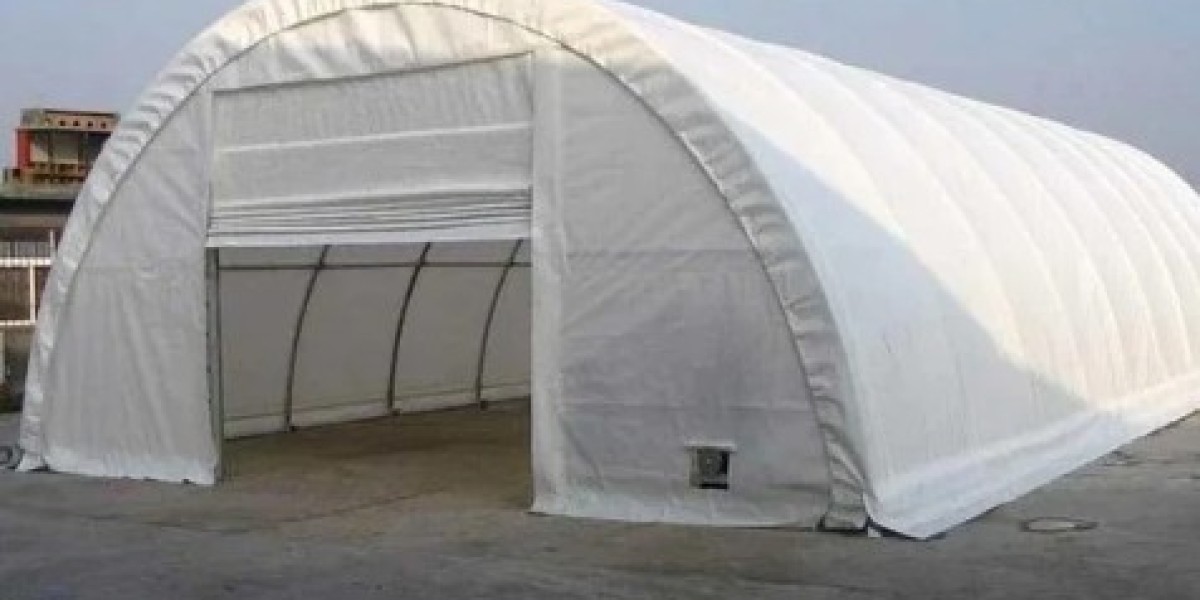Understanding Warehouse Building Types
Warehouses come in various shapes and sizes, each tailored to meet specific industry needs. Here are some common warehouse building types:
1. Distribution Centers
Distribution centers are high-traffic facilities designed for rapid product movement. They are strategically located to serve a broad geographical area efficiently. These warehouses often feature multiple loading docks, extensive racking systems, and advanced inventory management technologies. They are ideal for businesses with a focus on fast and widespread distribution.
2. Cold Storage Warehouses
Cold storage warehouses are specially designed for temperature-sensitive products, such as frozen or refrigerated goods. These warehouses maintain controlled temperatures to preserve the quality and safety of products. Cold temporary storage building facilities are essential for the food industry, pharmaceuticals, and other industries with strict temperature requirements.
3. Bulk Storage Warehouses
Bulk storage warehouses are characterized by their vast storage capacity for items like raw materials, grains, or commodities. They typically have fewer internal structures like shelves or racks, allowing for efficient storage of large quantities of goods. Bulk storage is common in agriculture, manufacturing, and mining.
4. Cross-Dock Warehouses
Cross-dock warehouses focus on streamlining the flow of goods from inbound to outbound without long-term storage. These facilities are crucial in the retail industry, where goods arrive, are sorted, and are dispatched to their final destinations promptly. Cross-docking minimizes storage costs and accelerates product turnover.
5. Automated Warehouses
Automated warehouses leverage robotics and advanced technologies to optimize storage and retrieval processes. These state-of-the-art facilities are characterized by high-speed conveyors, robotic pickers, and sophisticated inventory management systems. They excel in speed, accuracy, and space utilization.
6. Mezzanine Warehouses
Mezzanine warehouses incorporate an intermediate floor level to maximize vertical storage space. These structures are suitable for businesses with limited horizontal space but sufficient ceiling height. They are often used for storing smaller items or managing inventory in multilevel facilities.
Selecting the Right Warehouse Building Type
Choosing the appropriate warehouse building type depends on various factors specific to your business:
Inventory Type: Consider the nature of the products you store. Are they perishable, bulk items, or small parts? Match your warehouse type to your inventory needs.
Location: The geographical location of your warehouse should align with your distribution network. Proximity to suppliers, customers, and transportation hubs is critical.
Storage Capacity: Assess your storage requirements in terms of volume and capacity. Determine whether you need extensive racking systems or open space for bulk storage.
Operational Efficiency: Consider the efficiency of your warehouse operations. If you require quick order fulfillment, a distribution center or cross-dock facility may be more suitable.
Temperature Requirements: If your goods require specific temperature conditions, prioritize cold storage solutions.
Future Growth: Think about your business's future growth. Choose a warehouse building type that can adapt to your evolving needs.
Budget: Your budget will play a significant role in your choice. While automated warehouses offer high efficiency, they require substantial investment.
Regulations: Be aware of industry-specific regulations and compliance standards, especially for cold storage or hazardous materials storage.
In conclusion, the right warehouse building type is instrumental in ensuring the smooth and cost-effective operation of your business. By carefully assessing your needs and considering factors like inventory, location, efficiency, and budget, you can find the perfect fit for your business operations. Whether you prioritize distribution, cold storage, bulk storage, or automation, the right warehouse can make all the difference in streamlining your logistics and achieving your business goals.
 " class="wow_main_float_head_img">
" class="wow_main_float_head_img">







